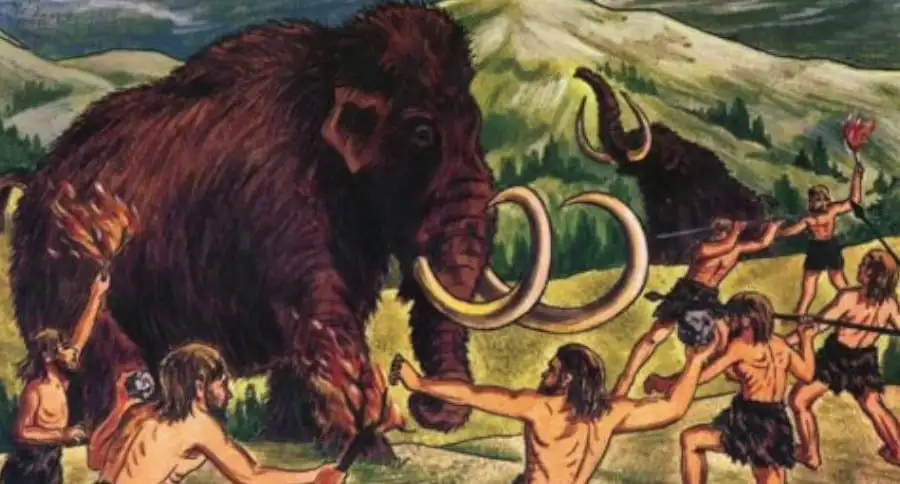In new research, scientists examined chemical properties locked inside tooth enamel of two Middle Paleolithic Neanderthals and a Magdalenian human from the Almonda karst system, Torres Novas, Portugal.
The findings show Neanderthals in the region were hunting fairly large animals across wide tracts of land, whereas humans living in the same location tens of thousands of years later survived on smaller creatures in an area half the size.
“Understanding the mobility patterns of Middle and Upper Paleolithic human populations can aid in the reconstruction of their subsistence behavior, cognitive ability, geographical range, and group size,” said study’s first author Dr. Bethan Linscott, who conducted the research while at the University of Southampton and who now works at the University of Oxford, and colleagues.
“In particular, comparisons of landscape use and subsistence strategies of anatomically modern humans and Neanderthals may provide insights into the factors that led to the assimilation of the latter in Europe approximately 45,000 to 40,000 years ago.”
“The Iberian Peninsula occupies a central position in debates concerning the interaction between these two human groups around the Middle-Upper Paleolithic transition, but direct isotopic studies of Middle and Upper Paleolithic human and animal mobility from this region have so far been limited.”
In the study, the authors used a technique which laser samples enamel and makes thousands of individual strontium isotope measurements along the growth of a tooth crown.
Samples were taken from two Neanderthals, dating back about 95,000 years, and from a more recent human who lived about 13,000 years ago, during the Magdalenian period.
The researchers also looked at isotopes in the tooth enamel of animals found in the Almonda karst system.
Alongside strontium, they measured oxygen isotopes, which vary seasonally from summer to winter.
This enabled them to establish not only where the animals ranged across the landscape, but in which seasons they were available for hunting.
“Tooth enamel forms incrementally, and so represents a time series that records the geological origin of the food an individual ate,” Dr. Linscott said.
“Using laser ablation, we can measure the variation of strontium isotopes over the two or three years it takes for the enamel to form.”
“By comparing the strontium isotopes in the teeth with sediments collected at different locations in the region, we were able to map the movements of Neanderthals and the Magdalenian individual.”
“The geology around the Almonda caves is highly variable, making it possible to spot movement of just a few kms.”
The scientists showed that Neanderthals, who were targeting large animals, could have hunted wild goat in the summer, whereas horses, red deer and an extinct form of rhinoceros were available all year round within about 30 km of the cave.
The Magdalenian human showed a different pattern of subsistence, with seasonal movement of about 20 km from the Almonda caves to the banks of the Tagus River, and a diet which included rabbits, red deer, wild goat and freshwater fish.
The team approximated the territory of the two different human groups, revealing contrasting results.
Neanderthals obtained their food over approximately 600 km2, whereas the Magdalenian individuals occupied a much smaller territory of about 300 km2.
“This study shows just how much science has changed our understanding of archaeology in the past decade,” said University of Southampton’s Professor Alistair Pike, co-author of the study.
“Previously, the lives and behaviors of past individuals was limited to what we could infer from marks on their bones or the artifacts they used.”
“Now, using the chemistry of bones and teeth, we can begin to reconstruct individual life histories, even as far back as Neanderthals.”
“The difference in the territory size between Neanderthal and Magdalenian individuals is probably related to population density,” added senior author Professor João Zilhão, a researcher at the University of Lisbon.
“With a relatively low population, Neanderthals were free to roam further to target large prey species, such as horses, without encountering rival groups.”
“By the Magdalenian period, an increase in population density reduced available territory, and human groups had moved down the food chain to occupy smaller territories, hunting mostly rabbits and catching fish on a seasonal basis.”

